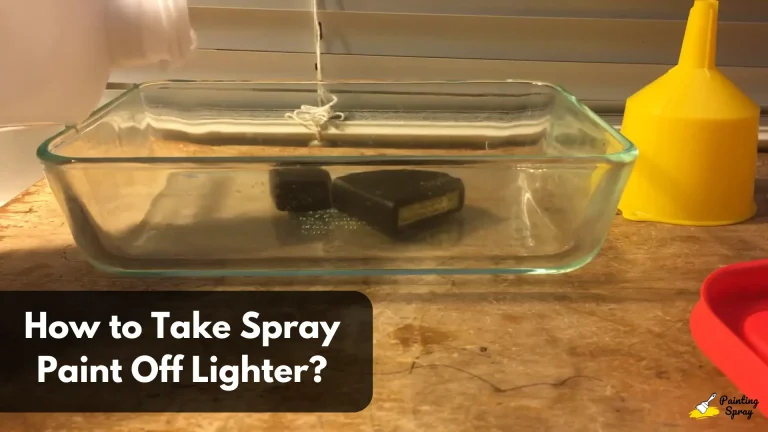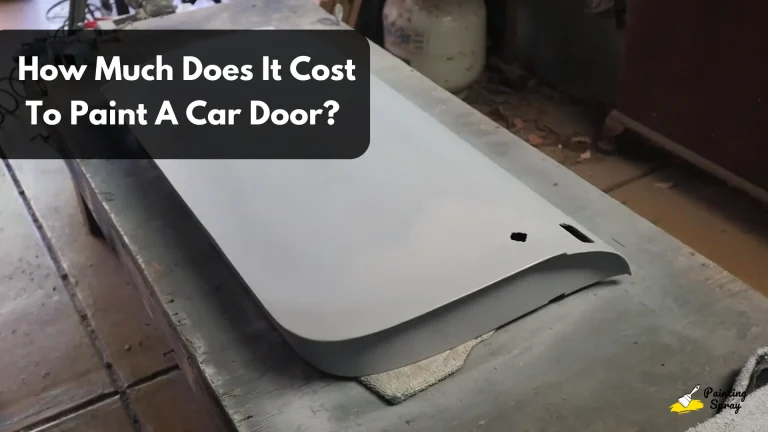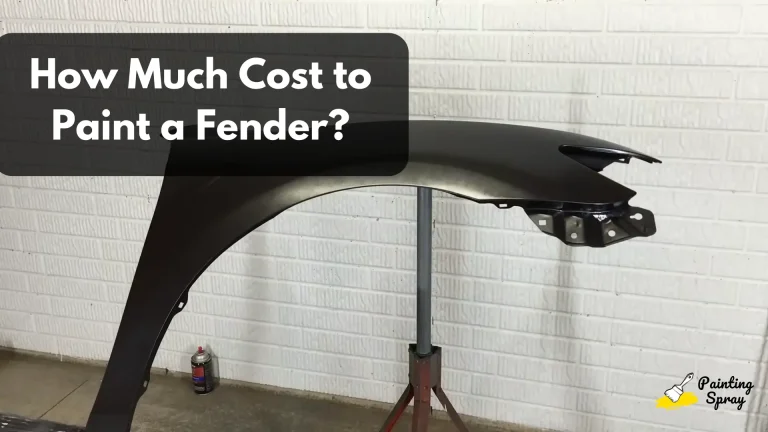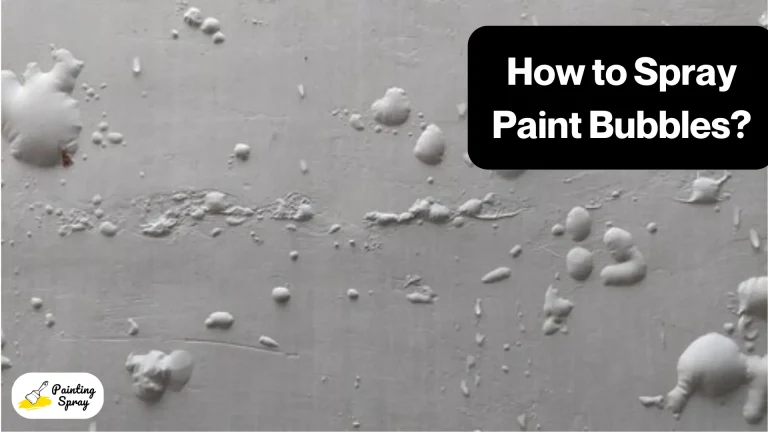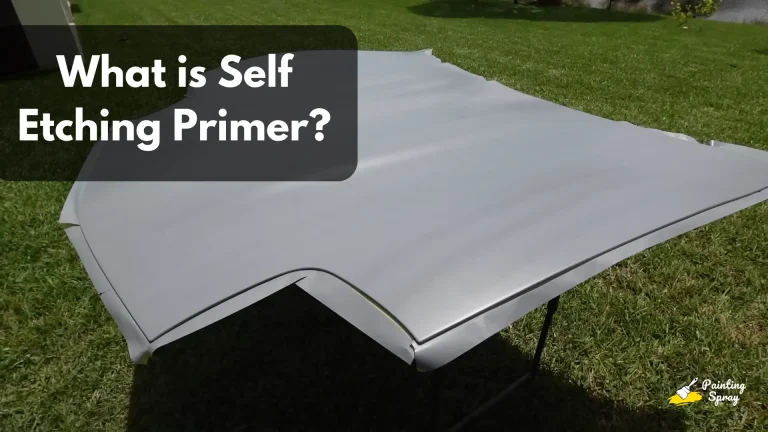How To Remove Paint From Wheels: A Step-by-Step Guide for Effective Cleaning

Removing paint from your wheels can seem like a daunting task, but it doesn’t have to be. There are effective methods and tools that can help you restore your wheels to their original look without damaging them. Whether you’re dealing with a stubborn layer of paint or a coat of Plasti-Dip, knowing the right approach will make the job easier and safer.
Before you begin, it is important to understand the type of wheels you have, as well as the paint you are trying to remove. Different materials and paint types may require specific techniques to get the best results. Keeping safety in mind and preparing your workspace will ensure a smoother process and a great outcome.
By following a clear step-by-step guide, you can confidently tackle the paint removal process. This not only improves the appearance of your wheels but can also extend their lifespan, giving your vehicle a refreshed look that you can be proud of.
Key Takeaways
- Knowing your wheel type helps you choose the right removal method.
- Safety precautions are crucial during the paint removal process.
- Proper maintenance post-removal keeps your wheels looking great.
Understanding Different Wheel Types and Paints
Knowing the type of wheels you have and the kinds of paints used will help you choose the best method for paint removal. Different materials respond differently to various paint removers, so understanding this is crucial.
Identify Your Wheel Material
When removing paint, first identify the material of your wheels. Common types include:
- Aluminum: Lightweight and often found on modern vehicles. Aluminum is prone to scratching, so use gentle methods.
- Steel: Heavier and more durable. Steel wheels can handle harsher treatments.
- Alloy: A mix of metals, these wheels are typically more decorative but can also be sensitive to harsh chemicals.
Knowing your wheel type ensures that you choose the right tools and techniques. For instance, aluminum wheels require careful handling to avoid damage.
Types of Paints Used on Wheels
Wheels can be painted with various types of paint. Understanding these types helps in selecting the right removal method. Common paints include:
- Spray Paint: Often used for quick touch-ups. It adheres well but can be removed with the right solvent.
- Powder Coat: A durable finish baked onto the wheel. This requires more effort to remove, often needing professional help.
- Custom Paints: These can include specialty or high-temperature paints. Check the manufacturer’s specifications for the best removal method.
Each paint type has its removal challenges. For example, solvent-based strippers work well on spray paints but can harm powder-coated surfaces. Always test a small area first.
Safety Precautions and Preparation
Before starting the paint removal process, it’s crucial to prioritize your safety and ensure you are well-prepared. Taking the right precautions helps minimize risks and ensures a smoother experience.
Protective Gear and Ventilation
Using appropriate protective gear is essential during paint removal. Always wear gloves to protect your hands from chemicals and safety goggles to shield your eyes from splashes. A respirator can help protect your lungs from harmful fumes, especially when using strong paint strippers.
Ventilation is key. Make sure you work in a well-ventilated area to allow fresh air to circulate. Open windows and doors to create cross ventilation if indoors. If you’re outside, avoid windy areas where dust and debris can interfere with your work. Adequate airflow will reduce your exposure to harmful vapors.
Gathering the Appropriate Tools
Having the right tools can make the paint removal process much easier. Start by gathering sandpaper and wire brushes; these will help in scraping off loose paint. A plastic scraper is also useful for more delicate areas.
You will need strong solvents like paint thinner or acetone to dissolve the paint effectively. A work light can help improve visibility, especially in dimly lit spaces. Having all these items prepared ensures a methodical approach and helps in achieving clean results.
Step-by-Step Guide to Removing Paint From Wheels
Removing paint from wheels can enhance their appearance and protect their surface. Follow these steps to effectively restore your wheels without causing damage.
Initial Cleaning and Paint Assessment
Start by removing loose dirt and grime from the wheels. Use soap and water with a soft brush to clean them thoroughly. Rinse off the soap and dry the wheels with a cloth.
Now, assess the paint situation. Is it just a few splatters, or are they fully coated? Knowing the type and amount of paint will help you choose the right removal method. If the wheels are aluminum, be careful with certain paint removers that can cause damage.
Applying Paint Removers and Strippers
Select a suitable paint remover or stripper. Look for one that works on the type of paint you are dealing with. Chemical strippers are popular and will usually need to be applied with a brush.
Always follow safety precautions. Wear gloves, goggles, and a mask. Apply the remover generously, focusing on the painted areas. Let it sit for the recommended time as per the product instructions. Use a scraper to gently lift off the softened paint.
Sanding and Scraping
If paint remains, sand the surface gently. Use sandpaper with a fine grit to avoid scratching the wheel. For tougher spots, a heat gun can soften the paint, making it easier to scrape off.
Hold the heat gun a few inches away from the surface and move it around to prevent overheating. After you soften the paint, use a plastic scraper or a putty knife to lift it away. Wipe away dust and debris frequently to track your progress.
Pressure Washing and Sandblasting
For a deeper clean, a pressure washer can be very effective. Aim the nozzle at the wheel to remove paint and dirt quickly. Make sure the pressure is appropriate to avoid damage.
If you have access to sandblasting, this can remove paint thoroughly. Sandblasting uses fine particles that hit the surface at high speed. This method is fast but requires care, as it can create rough spots if not handled properly.
Consider your wheel material before choosing this option. Proper protective gear is essential during both pressure washing and sandblasting to avoid injury.
Post-Removal Processes and Maintenance
Once you have successfully removed paint from your wheels, there are important steps to take to protect and maintain their finish. Proper care will help keep your wheels in top condition and extend their lifespan.
Neutralizing Chemicals and Further Cleaning
After using any paint strippers, it’s crucial to neutralize chemical residues. Many products can leave behind harmful substances. Rinse your wheels thoroughly with water to wash away any remaining chemicals.
Next, use a dedicated wheel cleaner. Look for pH-balanced options that are safe for your wheel material. Apply the cleaner with a soft brush to reach all surfaces, including crevices. After scrubbing, rinse with plenty of water.
For tougher residues or spray paint, consider using adhesive remover. Always test a small area first to ensure the remover does not damage the wheel’s surface. A gentle touch is key; abrasive materials can scratch your wheels.
Applying Protective Coatings
After cleaning, applying a protective coating is essential. Wheel sealants provide a barrier against dirt, grime, and brake dust, which can cause corrosion over time.
Choose a high-quality wheel sealant for durable protection. Apply it according to the manufacturer’s instructions, typically using an applicator pad. Ensure even coverage for the best result.
Allow the sealant to cure properly. This process will enhance the longevity of your finish. For added protection, consider using waxing methods designed specifically for wheels, which can provide an extra layer of shine.
Polishing and Long-Term Care
Regular polishing helps maintain the aesthetic of your wheels. Use a gentle wheel polish suitable for your wheel type. Applying it every few months can keep them looking new.
When polishing, remember to work in small sections. Use microfiber cloths for a smooth finish and to avoid scratches.
For long-term care, routinely clean your wheels with a soft brush and a non-acidic cleaner. This simple maintenance keeps brake dust and road grime at bay. If you notice any damage or wear, consult a professional for advice on repairs or refinishing options.
Frequently Asked Questions
Removing paint from wheels can be tricky, but knowing the right techniques and products can make the job easier. Here are some common questions and answers related to this topic.

